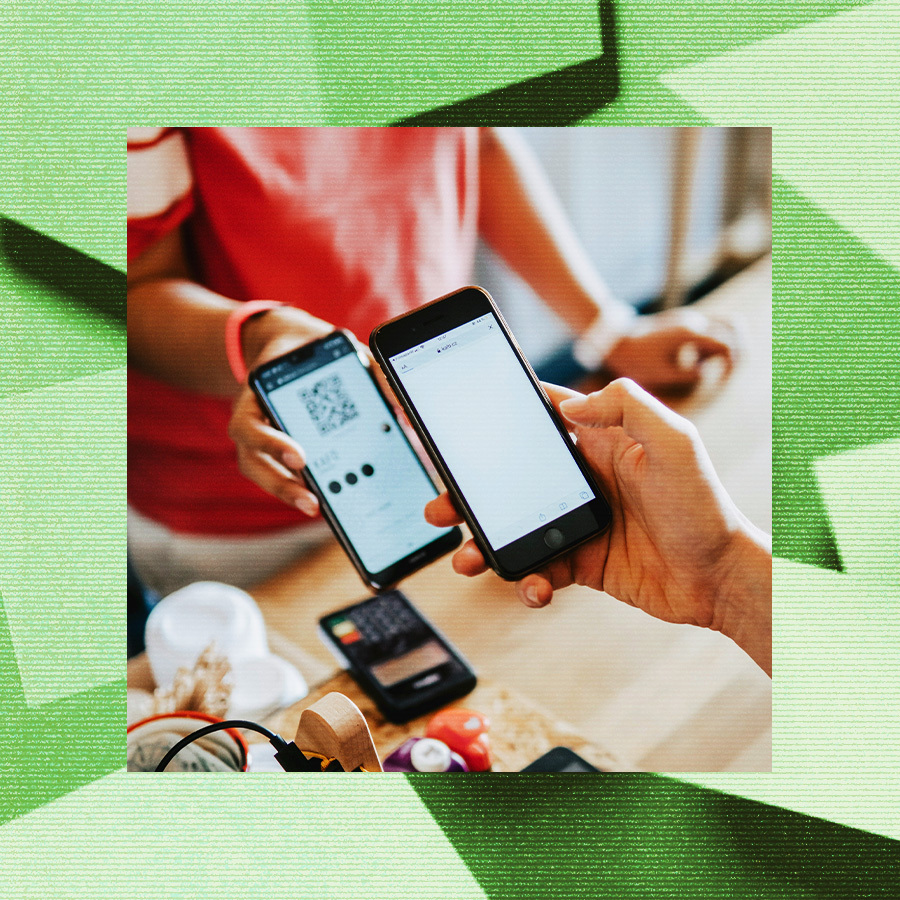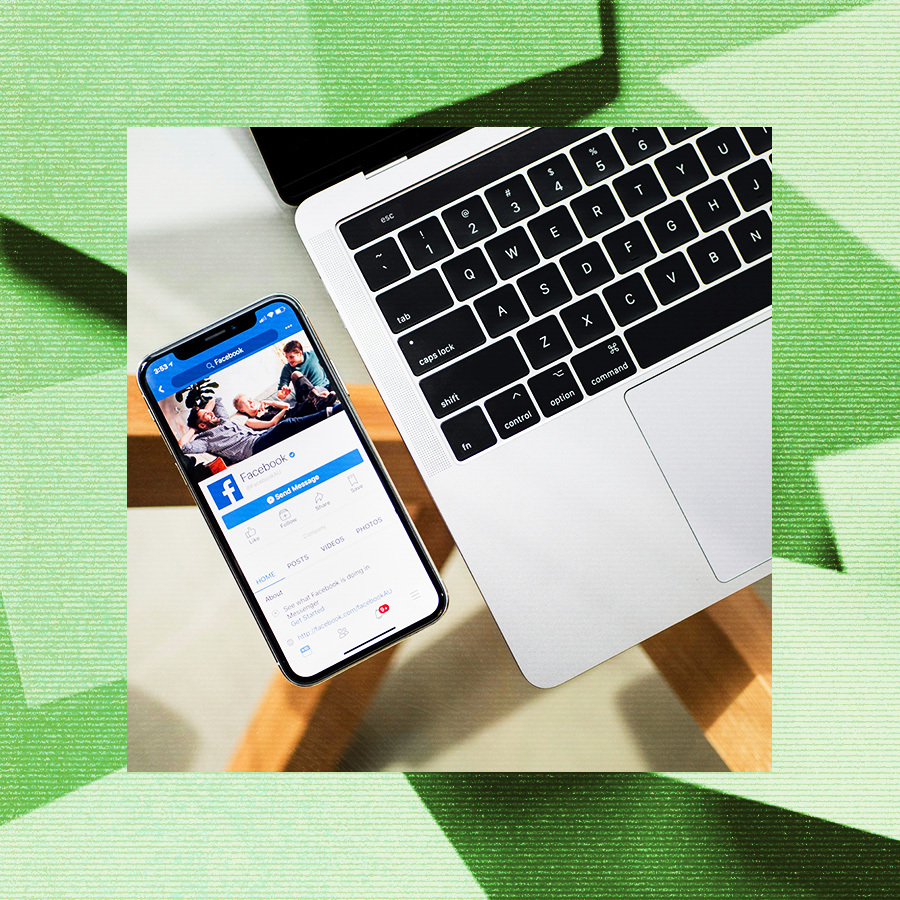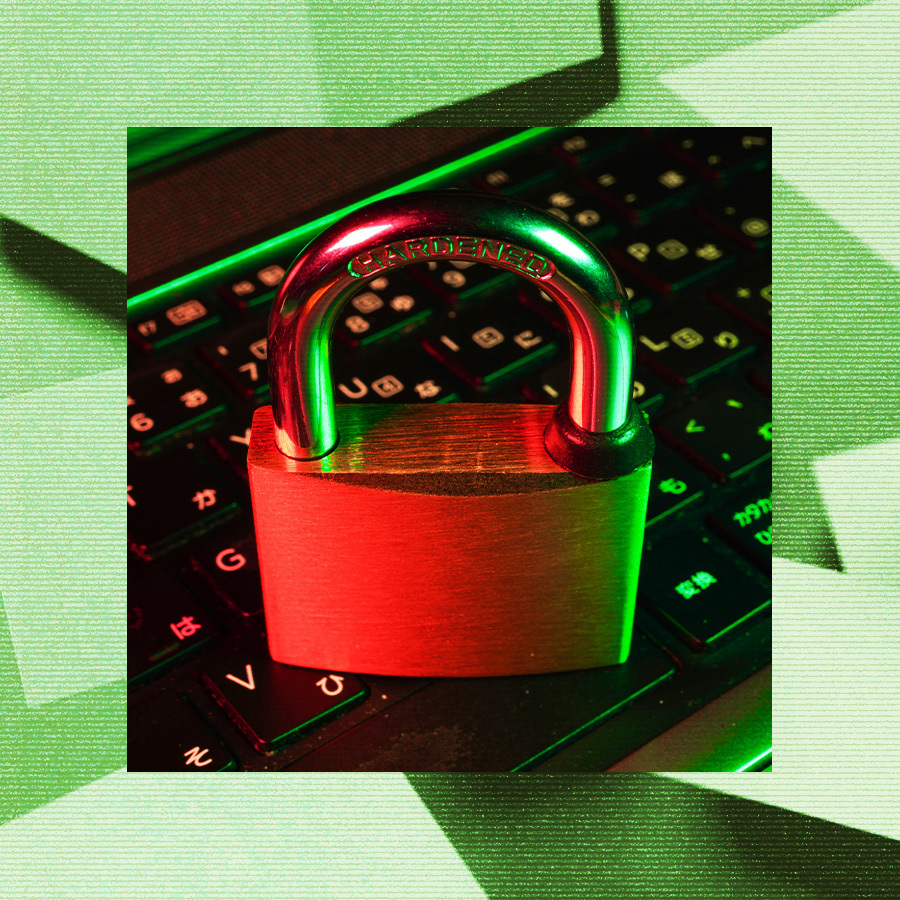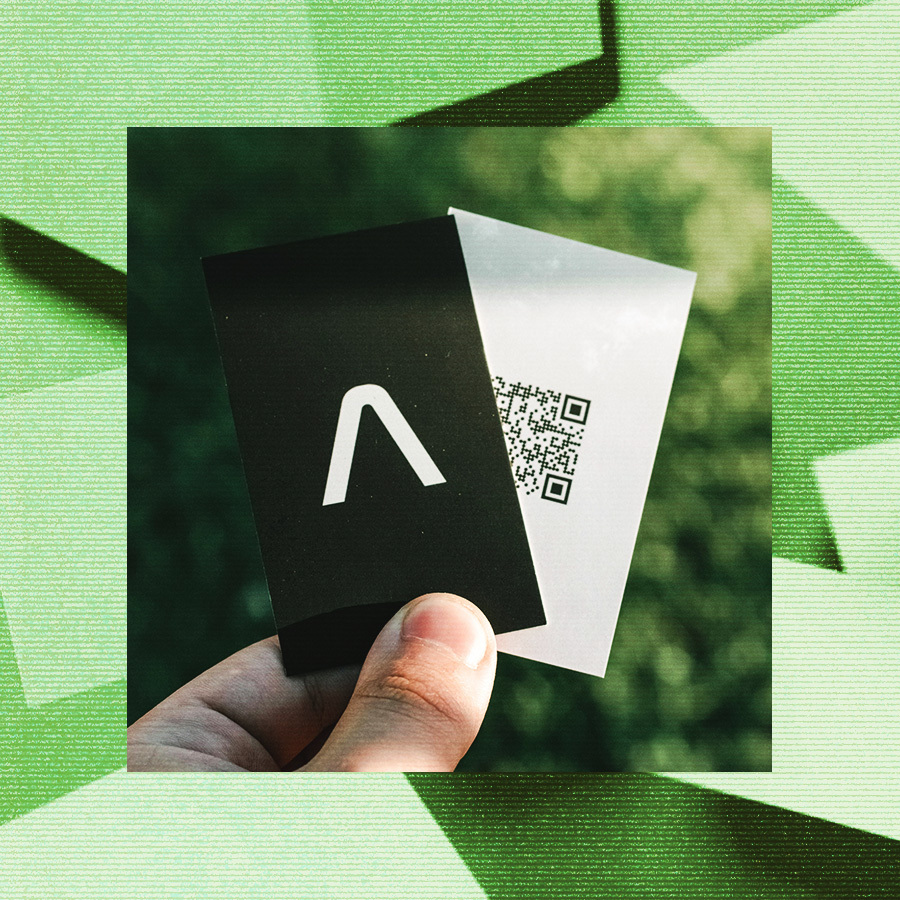
Explore the Best 10 Digital Business Cards Ideas for Professionals
Elevate your networking.
In today's digitally-driven world, networking has gone beyond geographical boundaries. Traditional paper business cards have evolved into dynamic and innovative digital solutions. Electronic business cards have become essential tools for professionals who want to make a lasting impression and build impactful connections.
With various creative designs and functionalities available, professionals can showcase their expertise and personal brand in ways never thought possible. In this comprehensive guide, we'll explore the top 10 digital business card solution ideas that are perfectly tailored for professionals. These ideas offer unique advantages to enhance networking effectiveness and establish a solid online presence.
The world of technology does not stand still. People are thinking of new ways to improve the situation with their businesses. In this article we will talk about different approaches to the definition of analytics, for example QR codes. Let's break down the providers. At first glance, Viral QR deserves attention. It seems that this service has long been on the market. So, let's start a deep reading and study of this material.
Best 10 Digital Business Card Ideas for Professionals
Create digital business cards and it will provide a great way for professionals to make a lasting first impression, display their skills, and develop meaningful connections in today's fast-changing digital world. These ten creative digital business card ideas are intended to boost professionals' networking abilities and leave a long-lasting impression, from engaging multimedia experiences to QR code integration.
1. Interactive Multimedia Cards
Interactive multimedia cards are a modern and captivating way to share contact information with potential clients or collaborators. This digital business card use videos, animations, and audio clips to create an immersive and visually stunning experience for the recipient. Professionals can use these cards to showcase their portfolios, highlight testimonials, or provide product demonstrations. By doing so, they can make their virtual business cards stand out and leave a lasting impression on their audience.

2. QR Code Integration
QR codes have become ubiquitous daily, offering a convenient way to access digital content with a simple scan. Incorporating QR code integration into digital business cards streamlines the exchange of contact information and facilitates instant access to additional resources or online portfolios. With a quick scan, recipients can effortlessly connect with professionals on social media platforms, visit their websites, or download relevant documents, enhancing the efficiency and effectiveness of networking interactions.
3. Augmented Reality (AR) Cards
Step into the future of networking with augmented reality (AR) business cards that blur the lines between the physical and digital worlds. AR free digital business cards kinds leverage cutting-edge technology to overlay digital content onto the real world, offering recipients an immersive and interactive experience. Whether showcasing 3D models of products, providing virtual tours of office spaces, or presenting interactive games or quizzes, AR digital business cards captivate recipients' attention and showcase professionals' innovative approaches to networking.

4. Social Media Integration
Social media is crucial in professional networking and personal branding in today's interconnected world. Electronic business cards with social media integration allow professionals to connect with recipients seamlessly across various online platforms. By including social media links to LinkedIn profiles, Twitter handles, or personal websites, professionals can expand their digital footprint, foster ongoing engagement, and build stronger relationships beyond the initial introduction.
5. Customizable Templates
Personalization is critical to making a memorable impression with a digital business card. Customizable templates allow professionals to tailor their cards to reflect their unique style and branding preferences. With a wide range of layouts, color schemes, and font options, individuals can create visually stunning and professionally designed digital business cards that leave a lasting impression on recipients.
6. Contactless NFC Cards
Embrace the convenience of contactless technology with free digital business cards enabled with NFC. NFC (Near Field Communication) cards would allow recipients to access contact information or digital content with a simple tap on their smartphone or NFC-enabled device. Ideal for in-person networking events or meetings, NFC cards streamline the process of exchanging information, eliminate the need for physical contact, and enhance professionalism in networking interactions.

7. Data Analytics and Tracking
Gain valuable insights into networking effectiveness with electronic business card equipped with data analytics capabilities. By analyzing engagement metrics such as card opens, link clicks, and follow-up actions, professionals can measure the impact of their networking efforts and refine their strategies accordingly. Data-driven insights empower professionals to nurture promising connections, identify networking opportunities, and optimize their digital business cards for maximum effectiveness.
8. Multi-Language Support
Breaking down language barriers and connecting with a global audience is made easier with digital business cards that offer multi-language support. By providing translations or language options, these cards enable international clients, partners, or collaborators to access relevant information in their preferred language. This feature not only enhances communication but also fosters inclusivity, thereby expanding networking reach on a global scale for professionals.
9. Personalized Video Messages
Make a memorable impression with personalized video messages embedded in virtual business card. Video allows professionals to convey warmth, authenticity, and personality in a way that text alone cannot match. Whether introducing themselves, sharing insights, or expressing gratitude, personalized video messages create a deeper connection with recipients and set professionals apart in a crowded digital landscape.

10. Blockchain-Based Verification
Ensure authenticity and security with blockchain-based digital business cards that offer tamper-proof verification of contact information and credentials. Blockchain technology provides a decentralized and transparent system for verifying the integrity of digital assets, mitigating the risk of fraud or misrepresentation. By leveraging blockchain-based verification, professionals can instill trust and credibility in their digital identity, enhancing their reputation and building stronger relationships with clients and collaborators.
Not physical business cards have become a powerful tool for professionals who want to make meaningful connections and showcase their expertise in today's digital-first world. These ten digital business card ideas offer creative and effective ways to elevate networking efforts, expand digital presence, and leave a lasting impression on recipients. By embracing the latest trends and technologies in digital networking, professionals can unlock new opportunities, build valuable relationships, and propel their careers to new heights.

Why Do Businesses Use QR Codes?
Businesses utilize QR codes for many reasons, each contributing to their growing popularity and widespread adoption across various industries. Let's explore some key motivations behind using QR codes in business strategies.
Convenience and Efficiency
QR codes offer a convenient and efficient way to access digital content with a simple smartphone or tablet scan. Compared to traditional methods such as typing in URLs or manually inputting information, QR codes streamline the process, saving time and effort for consumers. This translates to improved user experience and increased engagement with campaigns, product information, or business promotional offers.
Contactless Interactions
In an era where health and safety concerns are paramount, QR codes facilitate contactless interactions, reducing the risk of physical contact and the transmission of germs. Whether it's accessing menus at restaurants, checking in at events, or making payments at stores, QR codes enable seamless transactions without needing physical touch, aligning with evolving consumer preferences for hygienic and convenient experiences.
Marketing and Advertising
QR codes can be handy for marketing and advertising campaigns. They allow businesses to connect their offline and online channels. QR codes can be included in print materials such as posters, flyers, or packaging to drive traffic to company websites, social media profiles, or promotional landing pages. This can increase brand visibility and result in more conversions. Additionally, QR codes allow marketers to track engagement metrics, measure campaign effectiveness, and optimize strategies for better results.

- Enhanced Customer Engagement: QR codes provide customers an interactive and immersive experience, enabling businesses to engage audiences meaningfully. Whether offering exclusive content, interactive experiences, or personalized offers, QR codes capture attention and encourage users to interact with brands more deeply. By leveraging QR codes to deliver value-added experiences, businesses can build stronger customer relationships, foster loyalty, and differentiate themselves in competitive markets.
- Product Information and Authentication: QR codes are often used to provide consumers with detailed product information, specifications, or user manuals. By placing QR codes on product packaging or labels, businesses empower customers to access relevant information instantly, enhancing their understanding of the product and making informed purchasing decisions. Additionally, QR codes can be utilized for product authentication and anti-counterfeiting measures, allowing customers to verify the authenticity of products before making a purchase.
- Mobile Payments and Transactions: codes significantly facilitate mobile payments and transactions, offering a secure and convenient payment method for consumers and businesses. With mobile payment platforms integrating QR code technology, customers can make purchases, transfer funds, or pay bills using their smartphones, reducing the reliance on cash or physical credit cards. For businesses, QR code payments streamline transactions, reduce processing costs, and provide a seamless checkout experience for customers, driving sales and improving operational efficiency.
- Event Management and Ticketing: codes revolutionize event management and ticketing processes, simplifying ticket distribution, entry management, and attendee engagement. Event organizers can generate unique QR codes for tickets or registrations, which attendees can scan for entry or access event-related information. quick response codes streamline logistical processes, reduce paper waste, and enhance the event experience for attendees, organizers, and vendors.
- Lead Generation and Data Capture: QR codes serve as practical tools for generation and data capture, enabling businesses to collect valuable customer information for purposes. By directing users to landing pages or sign-up forms via QR codes, companies can capture contact details, preferences, or feedback from potential customers, facilitating targeted campaigns and personalized communication. QR codes also enable companies to track user interactions and measure the effectiveness of lead-generation efforts in real-time.
- Education and Training: QR codes are utilized in educational settings to provide supplemental materials, resources, or interactive content for students and learners. Teachers and instructors can embed QR codes in textbooks, presentations, or assignments, allowing students to access additional readings, videos, or quizzes related to the topic. Similarly, businesses leverage QR codes for employee training programs, enabling staff to access training modules, instructional videos, or knowledge databases on the go, enhancing learning outcomes and professional development.
- Accessibility and Inclusivity: QR codes promote accessibility and inclusivity by providing alternative access points to digital content for individuals with disabilities or language barriers. Businesses can use QR codes to provide audio descriptions, translations, or alternative formats of content, ensuring that all users can access information regardless of their abilities or language proficiency. By embracing QR codes as a tool for inclusivity, businesses demonstrate their commitment to diversity, equity, and accessibility in customer engagement and communication strategies.
QR codes have become an essential part of modern businesses, serving various purposes such as advertising, customer engagement, mobile payments, event management, and more. Due to their convenience and versatility, QR codes are now indispensable tools for businesses that aim to improve customer interactions, streamline operations, and boost growth in today's digital-first world.

Last Words
In conclusion, exploring the top 10 digital business card ideas for professionals underscores the dynamic and evolving nature of networking in the digital age. Backed by research and insights from marketers, these innovative approaches offer professionals unique opportunities to make lasting impressions, foster meaningful connections, and differentiate themselves in competitive markets.
Research conducted by marketers highlights the growing importance of digital business cards in modern networking strategies. According to a study by HubSpot, 88% of professionals agree that having a memorable business card is critical for networking success. This emphasizes the need for professionals to embrace digital solutions that convey contact information and showcase their expertise, personality, and unique value proposition.
Incorporating interactive multimedia elements like videos, animations, and audio clips aligns with consumer preferences for engaging and immersive content. Research from Adobe shows that 53% of consumers prefer content that tells a story and evokes emotions, indicating the effectiveness of multimedia in capturing attention and driving engagement.
QR code integration is a prominent feature in digital business cards, offering convenience, efficiency, and enhanced tracking capabilities. Research from Statista reveals that QR code usage has surged recently, with 11 million households in the United States scanning codes in 2020 alone. This trend underscores the widespread adoption of QR codes as a versatile tool for accessing digital content, making payments, and engaging with brands.
Augmented reality (AR) card providers represent the cutting edge of digital business cards innovation, leveraging technology to create immersive and interactive experiences. According to research by ARtillery Intelligence, the AR market is projected to reach $140 billion by 2024, highlighting the immense potential of AR technology in transforming various industries, including networking.
Social media integration and personalized video messages further enhance the effectiveness of digital business cards, enabling professionals to connect with audiences on a deeper level. Research from Sprout Social reveals that 70% of consumers feel more connected to brands with active CEOs on social media, emphasizing the importance of personalization and authenticity in building trust and loyalty.
In conclusion, the best digital business cards ideas for professionals combine creativity, functionality, and data-driven insights to deliver impactful networking experiences. By embracing these innovative approaches and leveraging research-backed strategies, professionals can enhance their digital presence, expand their networks, and drive success in today's competitive business landscape.











